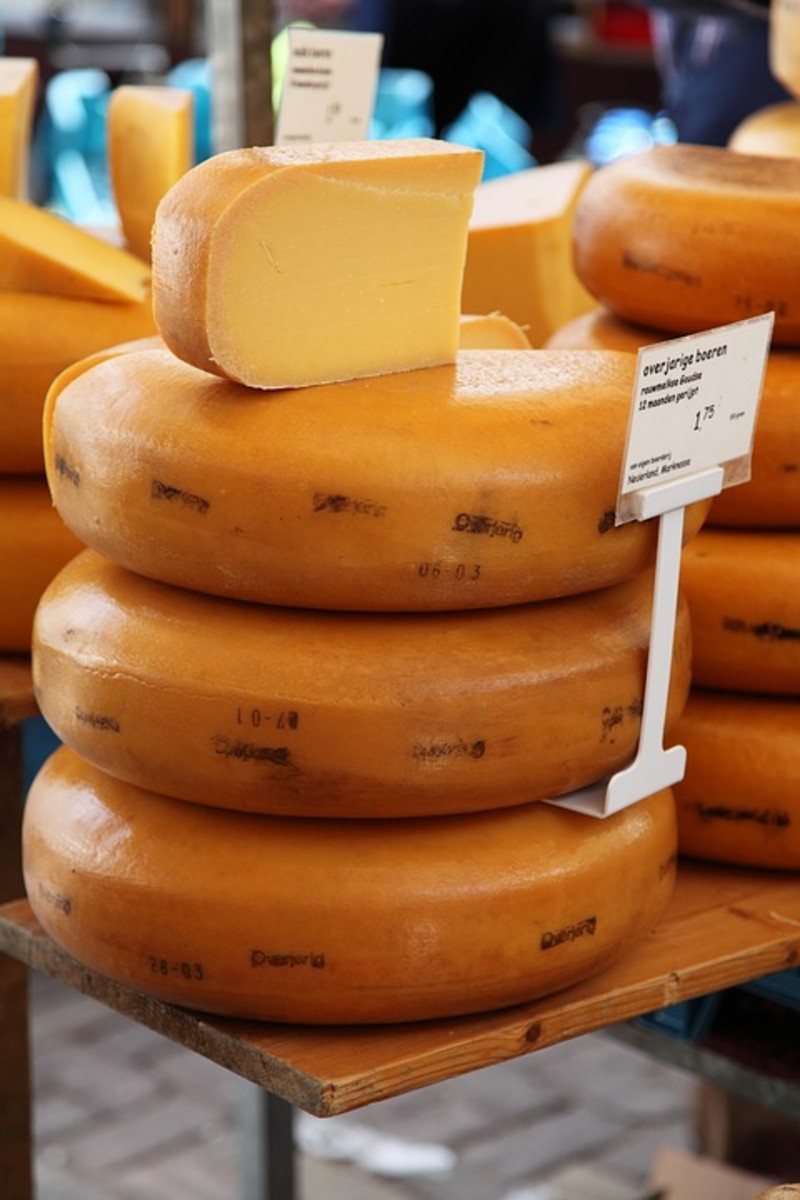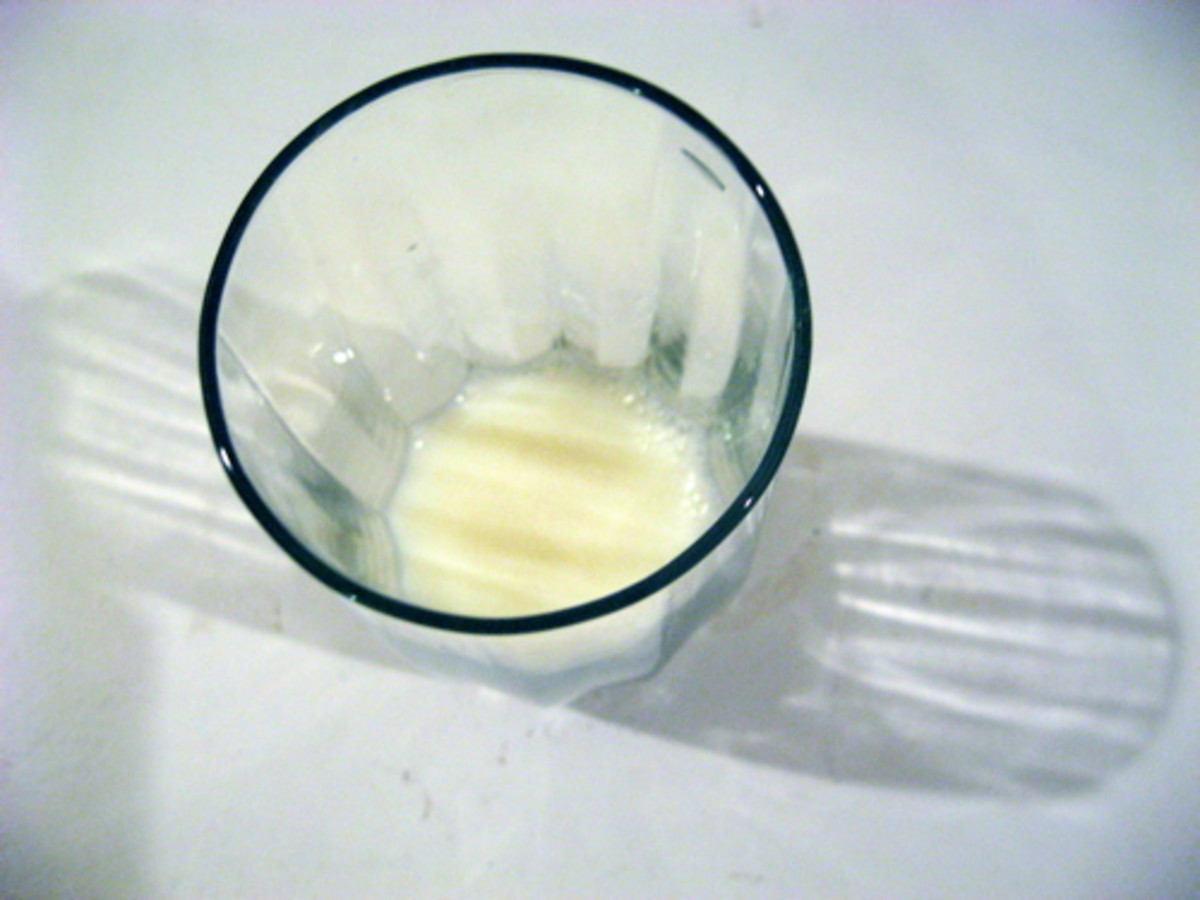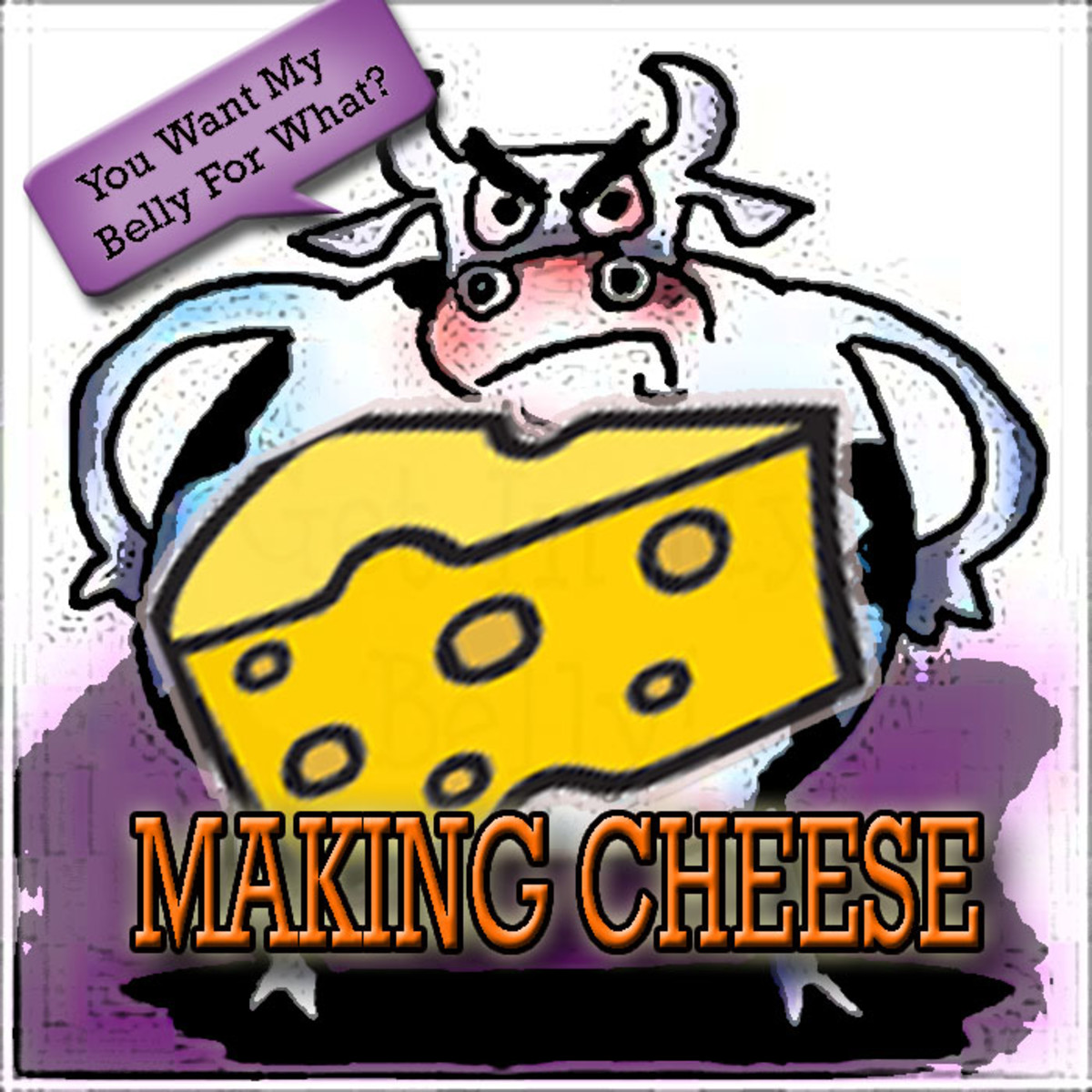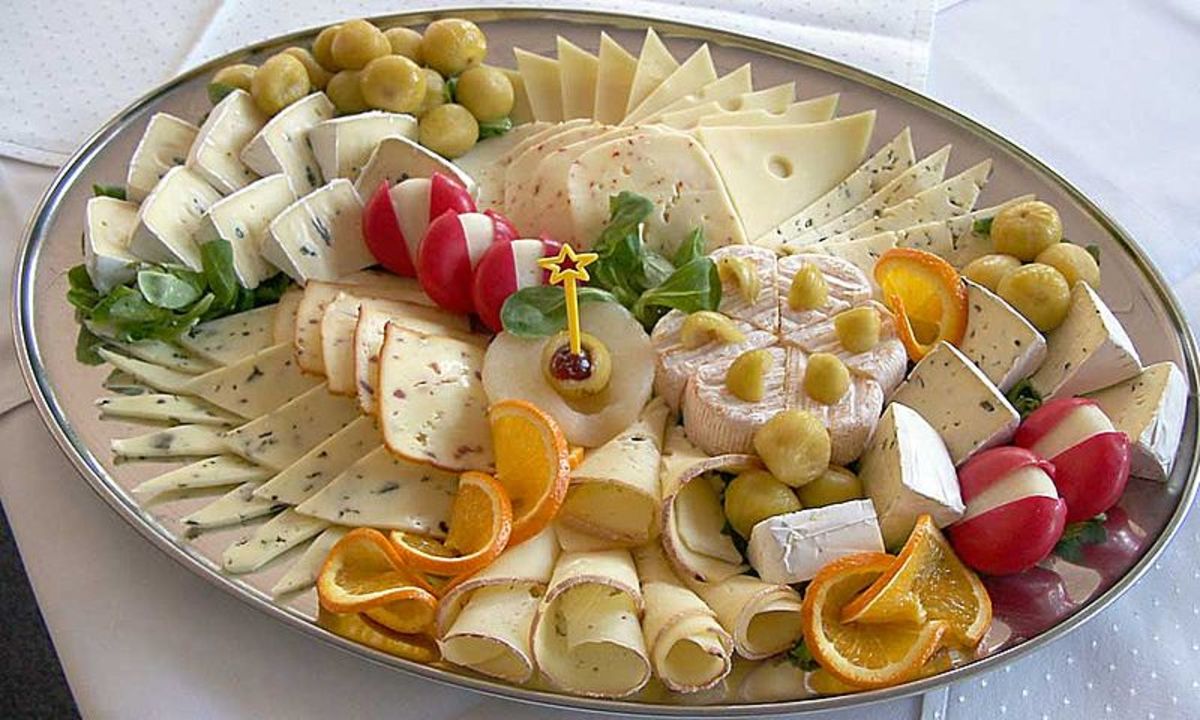How Is Cheese Made?
Cheese is a nutritious milk product that is usually made from curds that have been concentrated and ripened. It is high in protein and is also an important source of calcium and vitamin A. Cheese is generally richer than milk in butter-fat, except for those cheeses made from skim milk or whey. Its high protein content makes it an excellent low-cost substitute for meat.
There are hundreds of different varieties of cheese, from very soft and perishable types to aged cheeses so hard they can be used only for grating. Most cheeses are made from cow's milk, although milk from sheep and goats is widely used in Europe and a few cheeses are made from the milk of water buffalo and reindeer.
The United States is the world's largest producer of cheese. Most of the cheese produced there is made in Wisconsin. Other leading cheese-producing states are Ohio, Michigan, Minnesota, Illinois, and New York. U. S. consumption averages about 10 pounds (4.5 kg) per person yearly.
Other major cheese-producing countries are Switzerland, France, Italy, the Netherlands, Denmark, Britain, and Ireland. France produces more different types of cheeses than any other country, especially soft and semisoft varieties.
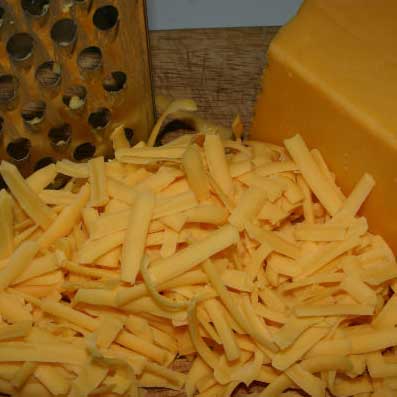
Making Cheese
All cheese starts as milk, but the milk may be sweet whole milk, a combination of sweet and sour milk, or a mixture of whole and skim milk. The first step in making cheese is to separate the whey (the liquid portion of the milk) from the curd (the solid particles). When milk is slightly sour, this may be done by placing the milk over very low heat for several hours. In modern manufacture, a culture of lactic acid-producing bacteria is added to sweet milk to cause the separation, and sometimes a combination of heat plus the culture and an extract of rennet may be used.
The next step in cheese making is pressing the curds to concentrate them and remove moisture. The amount of moisture extracted determines the texture of the cheese. The softer the cheese desired, the less moisture is extracted.
In making fresh, unripened cheese, such as cottage cheese, the curd need only be well drained, pressed or molded into shape, and then seasoned. Most cheese, however, is ripened, or cured. This means that the cheese undergoes a process of fermentation, after which it is stored in cellars, caves, or special rooms where the temperature and humidity can be controlled. The temperature at which the cheese is ripened and the length of time it is kept at that temperature are two of the many factors that determine the characteristics of the cheese. Other factors include the kind of milk used and the manner in which the curd is pressed. Many cheeses owe their distinctive character to various kinds of molds or other microorganisms that are either injected into the cheese or absorbed from the floor and walls of the caves. The blue-green veining of Roquefort, for example, is due to the mold Penicillium roqueforti, which is found in the humid mountain caves of southern France.
Cheese may remain in a ripening cellar for two weeks, two months, or nearly a year, depending on the variety. During this ripening period, the cheese is salted and turned frequently, and the exterior may be rubbed with oil or some other protective coating. Some cheeses are dry-salted, but others are immersed in brine. During the ripening period, various flavorings, such as caraway seeds, may also be added.
After ripening, some cheeses are further aged in special cellars for periods of six months to four years. With age, a cheese becomes sharper in flavor and firmer in texture and may also become darker in color.
Any ripened cheese, whether it is aged or not, is called a natural cheese. A process, or pasteurized process, cheese is a mixture of fresh and ripened cheese that has been shredded, mixed, heated to a liquid state, and then poured into sterile molds and sealed. Pasteurized process cheese food is a mixture of fresh and natural cheese to which nonfat dry milk, whey solids, and water have been added. It is softer than process cheese and spreads and melts more easily, but contains more moisture and less actual cheese. Pasteurized process cheese spreads are still higher in moisture content, sometimes containing only about 28% cheese, with vegetable gum added to give them a soft, chewy consistency.
This content is accurate and true to the best of the author’s knowledge and is not meant to substitute for formal and individualized advice from a qualified professional.
© 2010 Longtail





